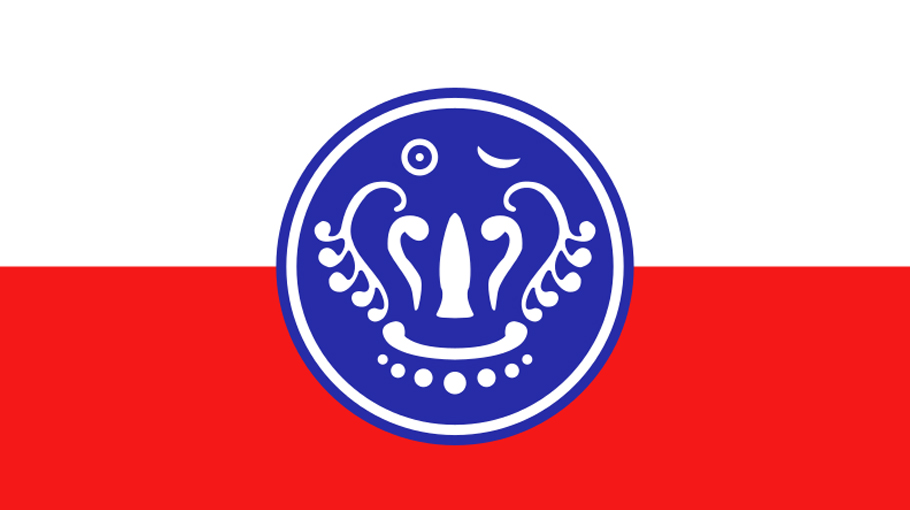“Building the Bridge of Social Cohesion with Post-conflict Rakhine/Arakan”

This has been quite clear that the junta/TATMADAW (Myanmar Military) is not the single decision-making factor in Myanmar anymore. The junta is recognizing and power-sharing with some Ethnic Armed Organizations (EAOs) and this will continue further. This is also evident that people including BAMAR (the major ethnic group and once the strength of TATMADAW) have grown distaste for the military in politics and running the country. Guerrilla warfare in Myanmar is now in the ‘Open Offensive Phase’ where various EAOs are openly contesting for economic and geographical objectives against an unpopular junta. Meanwhile, more than 62% of areas including important townships and borer landports are under the control of EAOs. There is already a signature of the final phase of guerrilla warfare i.e.; the ‘Conflict Termination Phase’ where EAOs are establishing their administration, civil order, and utility services. These two phases are overlapping and simultaneously being conducted. EAOs, their political wings, and the National Unity Government (NUG) are looking for a federal form of democracy where states will enjoy enormous autonomy. This does not mean TATMADAW as an institution will evaporate. The junta may be replaced but the ruling elites they created, the state structures they build, the powerful secret services and crony capitalists they nurtured are not going to disappear. We need to remember any time a tyrannical system collapses there occurs all sorts of conflicts. Dhaka has to consider all these factors with flexibility and pragmatism to engage with NUG in general and the Arakan Army/United League of Arakan (AA/ULA) in particular keeping in mind the primary goal of Rohingya repatriation. However, this should not be the only goal of Dhaka because building the bridge of harmony with Myanmar by and large and especially with Arakan is so very important for social cohesion, peace and stability, development, and economic emancipation for both the people across the border. Arakan is a resource-rich impoverishing state in our southeast, there is a prospective economic symbiotic relationship ahead. Dhaka’s friendly foreign policy and neutral geopolitical approach with no geographical ambition will perfectly fit into a relationship of trust and prosperity between these two neighborly entities.
As the situation is unfolding in Myanmar and in Arakan to be specific, two issues should capture the attention of Dhaka more as next-door neighbor. (1) There is a near humanitarian crisis in Arakan due to the “Four Cut Strategy” employed by TATMADAW causing a logistics nightmare; mainly in food and medicines for civilians and marginal communities like Rohingyas who are the worst sufferers. (2) The other issue is psychological warfare (misinformation/disinformation) and propaganda engineered to create a rift among communities in Arakan by vested quarters that might trigger communal violence.
International, and regional communities, Dhaka, NUG, and ULA need to collaborate to avoid such a disaster. Hence, there is a need for forward-thinking to address these. In addition, earlier planning on either side is necessary so that an environment is created, psyche developed and ground prepared for Rohingya repatriation because without it sustainable development, social cohesion, economic prosperity, and durable peace will be threatened.
It should be clear that mono nationalism and mono identity are in question in an interconnected world. In this globalized era what we can do that we can do with others. Somehow, the culture of conflict is prevalent over the culture of cooperation in this part of the world. However, there are no major irritants between Bangladesh and Myanmar, nonetheless, the kind of rapprochement that should have prevailed is absent. In the end, it is people on either side of the border will be the primary sufferers. To graduate to a decent life for both people, social cohesion, peacebuilding, and long-term stability in Arakan are very important. Some of the suggested strategies where Bangladesh can be instrumental in achieving mutual benefits are:
a. Discuss the necessity of cohesive, peaceful, and stable Arakan in our democratic institutions and political space not only for Rohingya repatriation but also for security in our southeast as well as debate the scope for humanitarian support for the people of Arakan. b. Devise mechanisms for formal and informal trade/border trade (border hat) to increase economic activities and people-to-people relations. c. Utilize our ethnic communities and their traditional institutions akin to Rakhines across the border to foster cohesion and confidence building.
d. Assist in building Rohingya leadership and human capital in Rohingya camps that can interact with Rakhine leadership across the border and strike a deal for them in due course. e. Track two engagements should be established and continued with NUG, ULA/AA, and Chin National Front (CNF; ethenic political entity of Chin State of Myanmar having a border with BD) because, for all practical purposes, they command authority and legitimacy of the mass. They are important stakeholders in social cohesion and peacebuilding where TATMADAW has reappeared as an agent of divide and rule among communities. f. Organize credible information delivery to offset the disinformation campaign by vested quarters.
Author Lt Gen (Retd) Mohammad Mahfuzur Rahman is the Former Principal Staff Officer, Armed Forces Division, Prime Minister’s Office,Dhaka.
He can be reached at mahfuzba2172@gmail.com




